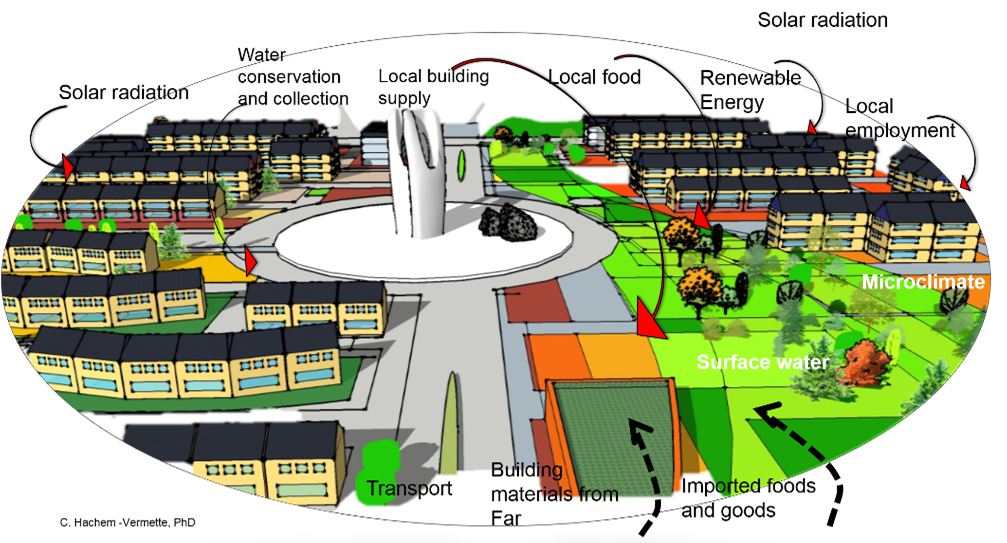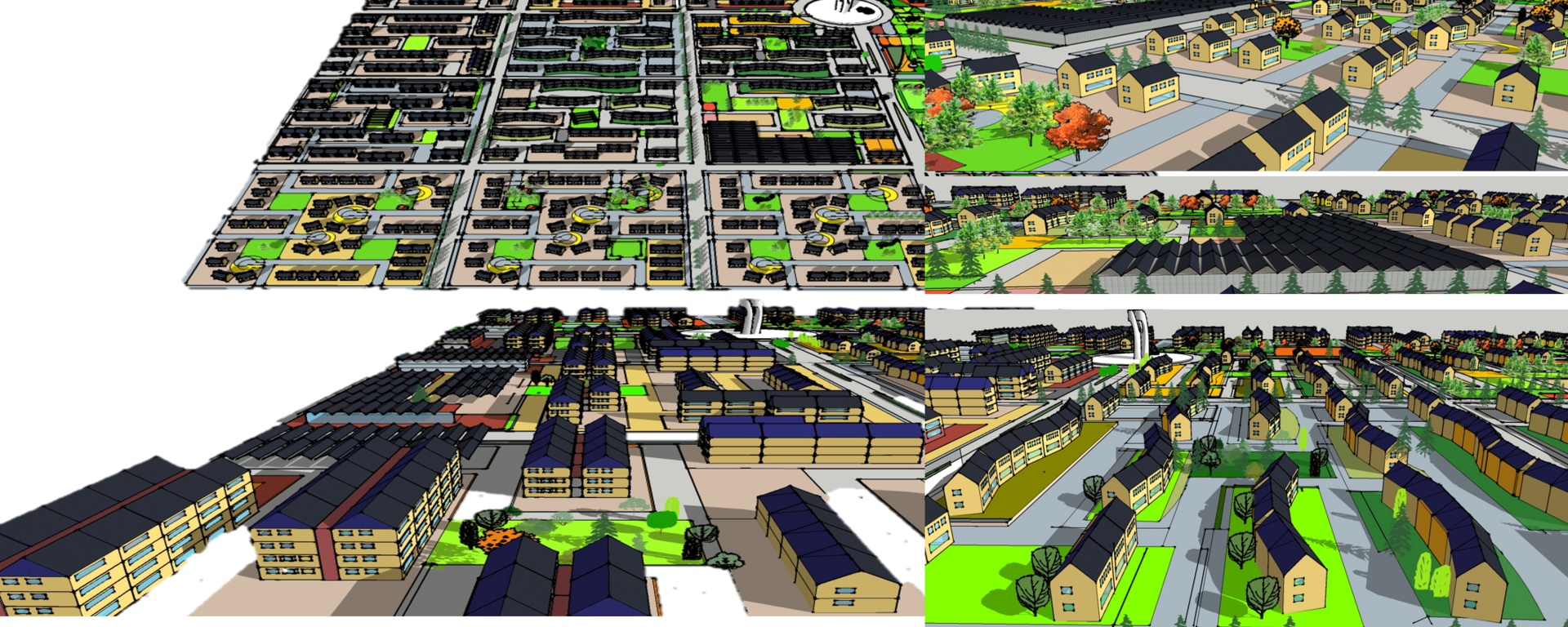The Solar Energy and Community Design Lab (SECDL) is a cross-disciplinary research group focusing on the holistic design of energy-efficient, resilient, solar neighborhoods. This research group aims to not only minimize negative environmental impacts in the built urban environment, but also improve quality of life for residents.
The solar energy design lab aims at exploring design principles in the built environment to enhance the solar capture and utilization in buildings and communities, and improve the energy efficiency of various type of buildings. Solar radiation can be used for passive heating, daylighting, and as renewable energy source for electrical and thermal energy generation, using photovoltaic and solar thermal collectors.
The solar design lab examines design principles that range from high-level design of communities, to building levels. Community design principles include issues such as exploring patterns of neighborhoods, density, layout of streets and their effects on solar capture and energy performance. Building level design target the shape and layout of various types of buildings (commercial, residential and institutional), and their building envelope.

Through designing neighborhoods and simulating their energy use, researchers at the solar energy design lab aims at establishing how factors such as density, building heights, building footprints and the heterogeneity in building types impact the potential to achieve self-sustained solar communities. The Solar energy lab will be performing studies in different locations in Canada, incorporating differences in climate. Findings from the study will help with the establishment of policy to support development of low carbon solar neighborhoods.






